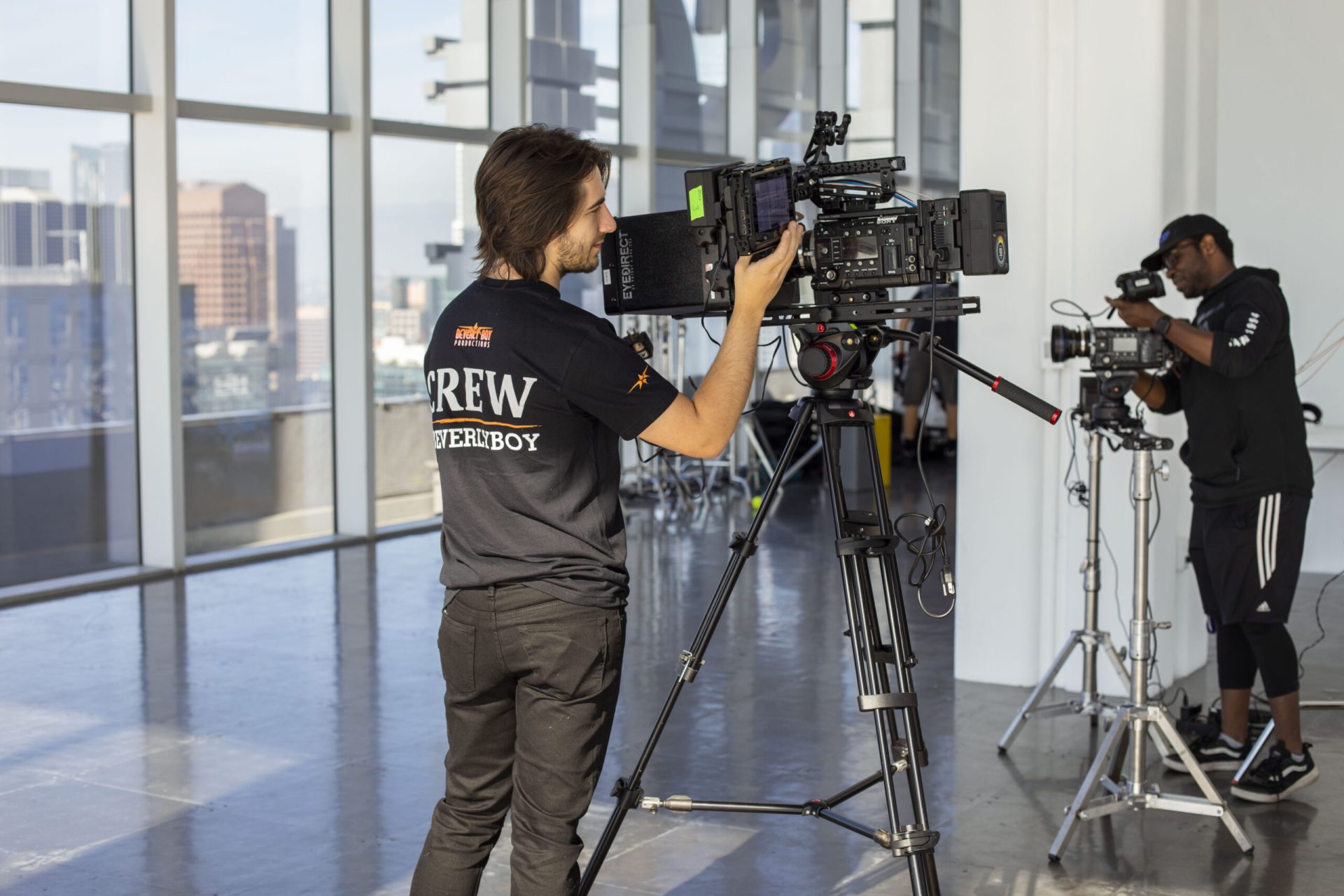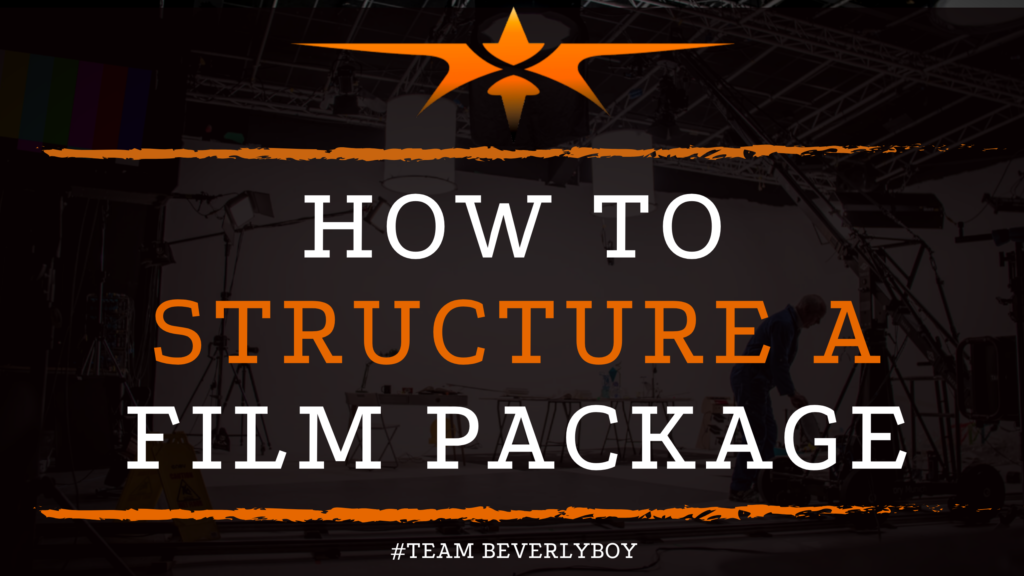How to Structure a Film Package
Packaging a film or movie for investors is a process that many aspiring filmmakers, screenwriters, or indie film producers often struggle with. Especially when investors are involved and the stakes are high. The film industry is incredibly competitive, and if you’re not structuring your film package with all the right details and information, you could miss out on huge opportunities. So, before you start your movie package, check out this guide on how to structure a film package, created by Beverly Boy Productions.

At the heart of structuring your film package is the pursuit of delivering a movie package that will not only outshine the competition, but that will also provide a quick glimpse for investors and audiences into the value that the film will provide. It won’t require them to actually review the entire package upfront.
Sounds complicated, right? It certainly can be. Film packaging can make or break your film financing, while equally deciding whether your intended audience wants anything to do with the film or not.
So what’s the trick to learning how to structure a film package? It’s finding the ways to make your project appear absolutely inevitable, in front of the eyes of whatever audience it is delivered to.
The EPK

Packaging your film project is really all about the EPK. What will you include in your EPK (Electronic Press Kit)?
Consider the following:
- Film Synopsis
- Director’s Notes
- Artistic Treatments
- Casting Proposals
- Character Descriptions
- Film Budget & Financing Plan (If you have one)
- Producer’s Notes
- Artistic Details
- Technical Details
- Work Calendar
Credibility is Vital if Financing is the Goal

If you’re wondering how to structure a film package in order to secure financing, it’s important to focus heavily on credibility. Establishing your own credibility upfront, and the value in what you are offering with your film, can go a long way when it comes to securing film financing or investments.
Make sure that each of your film package documents are prepared in a way that helps your intended audience to see the value in your offer or pitch, gasp the credibility of what you have to say, and want to hear more.
What Order Should Everything Go In?

A film package can actually be structured in the order that you choose, so long as it provides the most valuable information for your audience upfront and includes the supporting details that will be most influential in gaining acceptance or adoption of your ask.
Packaging your film for the audience that you are targeting with the package is essential. Think about who will be reviewing the package and make sure that you are delivering the details in a way that is most suitable for their time, interest, and consideration.
For example:
- If your audience is an agency, getting your package through the door is vital. Establish yourself as legitimate first, and you’ll have the best results. Keep this in mind when packing your film.
- If your audience is a distributor, proving that your film will beat the competition, and that people will get on board is the focus. So you’re going to want to focus on the unique elements your package has that are different from others – you need to stand out.
- If your audience is an investor, financials should be front and center in your film package and you should back up any claims with as much proof as possible. They’ll want to know that their money is secure.
- If your audience is Production, packaging should focus on budgets and schedules. You want the production crew to know what they’re working with.
Keep Your Audience in Mind
Learning how to structure a film package for the audience that you’re most closely confronting is important. Always think about who you’re targeting, and plan your package around the delivery.


